The Best Places to Dive in Portugal
The extensive coastline available is one of the reasons that makes diving in Portugal an increasingly popular option. A little throughout the country there is no shortage of great suggestions for those passionate about the ocean, whether for sport or leisure.
Diving in Portugal is a trend that has been growing among fans of this sport and new experiences. All About Portugal presents you with the 10 best places to dive in the country, a list that includes shipwrecks or underwater caves, from Minho to the Algarve, without forgetting Madeira and the Azores. A healthy lifestyle, the biodiversity that the Atlantic Ocean offers, as well as the beautiful beaches with stunning landscapes, are other factors that contribute to demand.
Cabo do Mundo Beach, Matosinhos
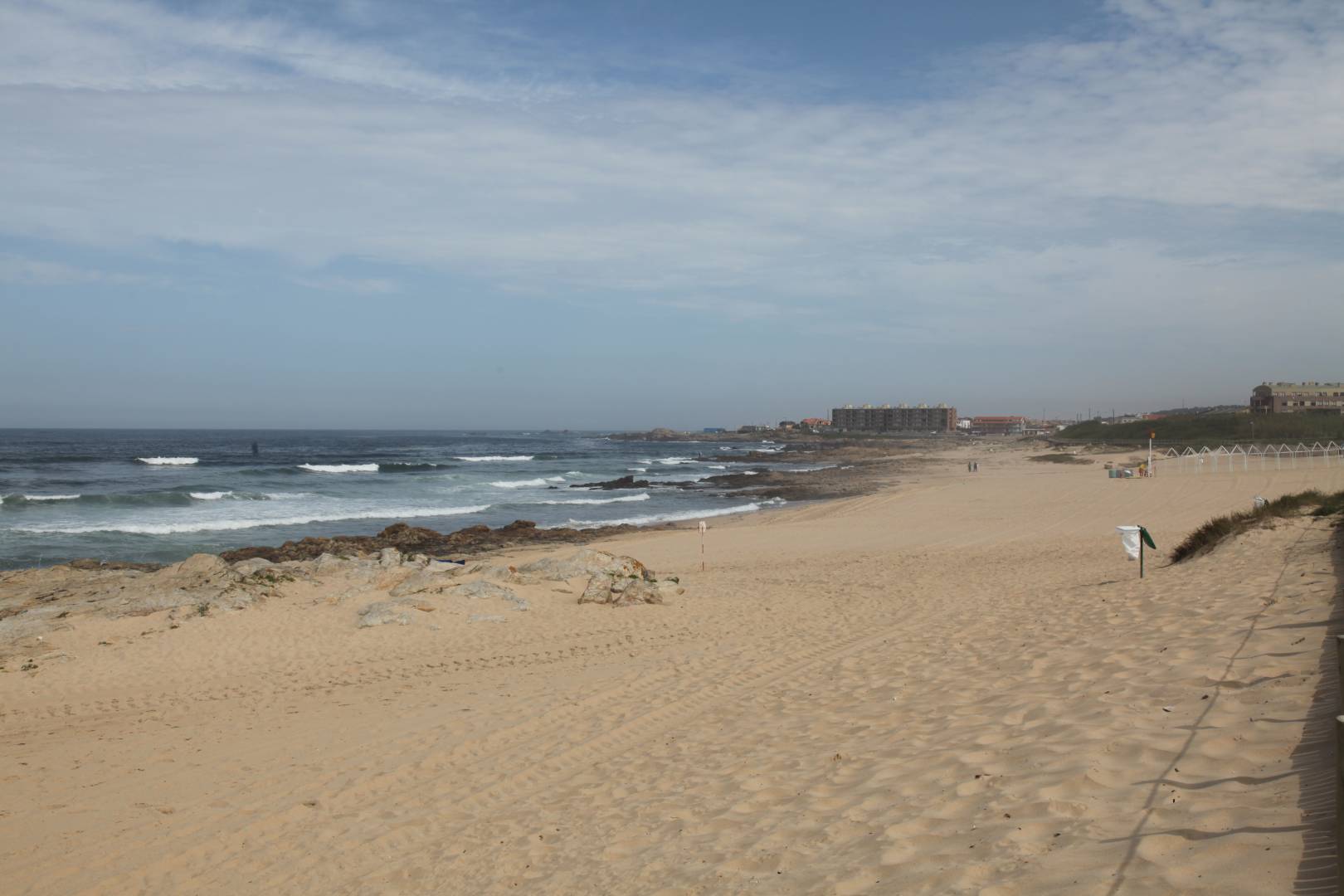
Located in an area where shipwrecks were constantly occurring, it is off this northern beach that the remains of the German submarine U-1277 can be found. Used in World War II, and intentionally sunk in 1945 after sailing aimlessly for a month, it now rests on a sandy bottom, 100-feet deep. Here you can find anemones of different colours and countless small fish, in addition to large octopuses. It is one of the most emblematic places for diving in Portugal.
Nazaré Beach
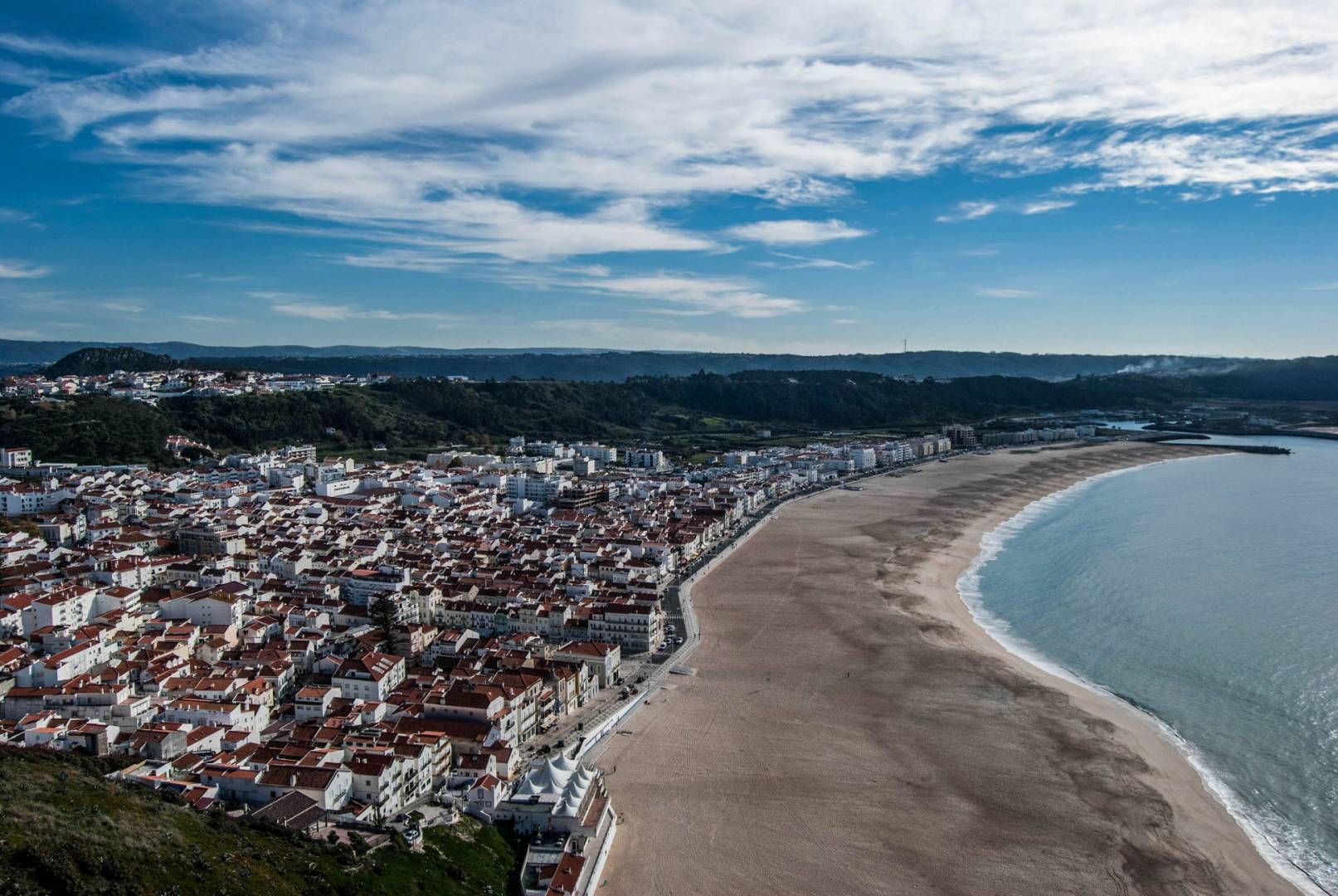
Internationally known for its giant waves and highly sought after by sports enthusiasts such as surfing, Nazaré is a great place for diving in the centre of the country. The magnificent seabed with several species, along with artificial reefs, fill the measures for those who choose this as their diving spot. In the area of the Nazaré Canyon, the depth can suddenly go from 65 to 330 feet. In the area of Praínha, the “wall” of the promontory dazzles for its natural beauty and biological richness.
Berlengas Nature Reserve, Peniche
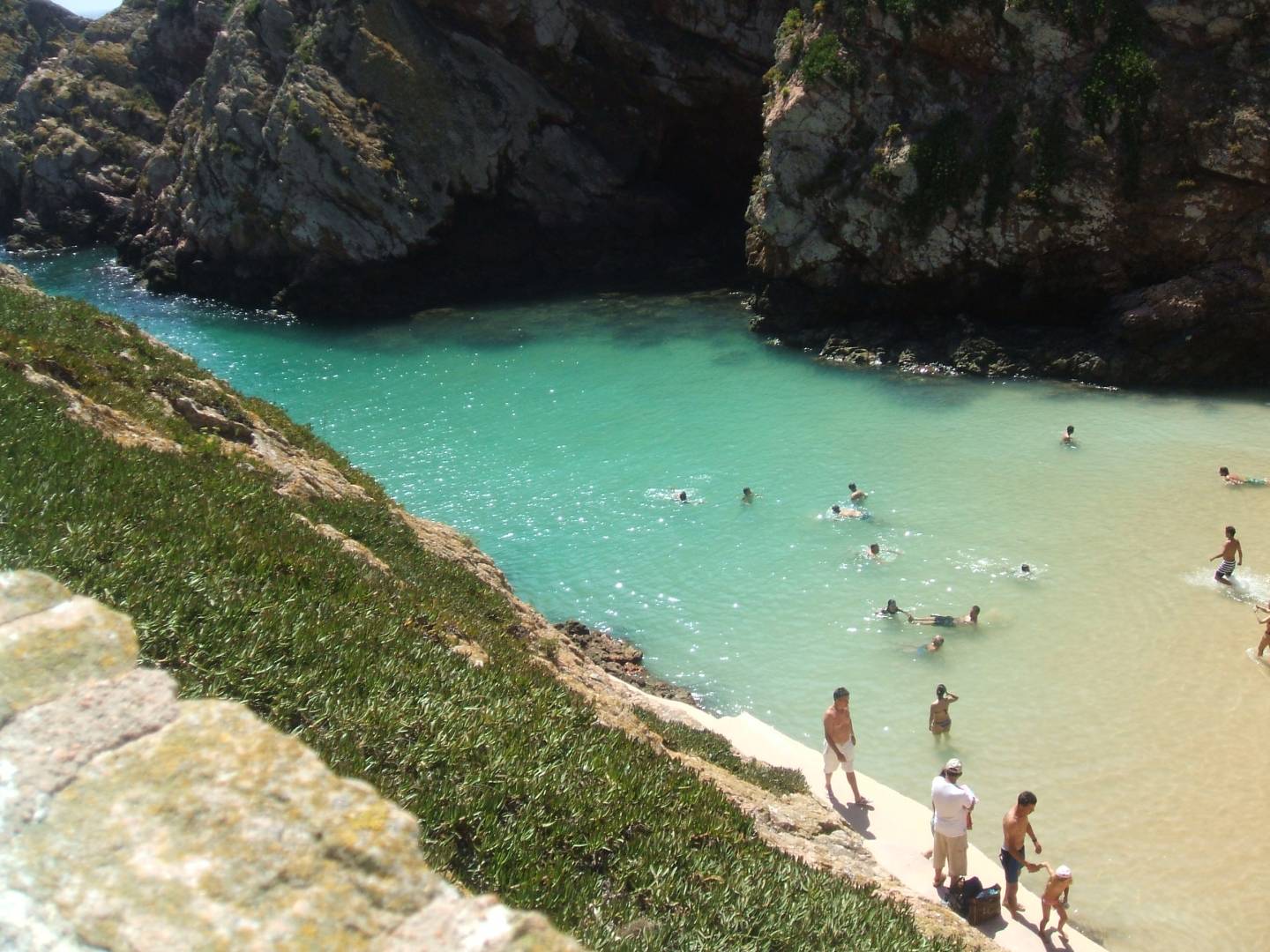
Classified as a World Biosphere Reserve by UNESCO in 2011, this small archipelago is considered by many to be one of the best diving spots in Portugal. Since 1465 it has been a protected area, that aims to preserve the enormous biological wealth it contains. The waters in clear blue tones, the unique marine ecosystem, the spoils of sunken boats and a great diversity of species such as the white sea bream, the ocean sunfish, the John Dory, the octopus, or a variety of starfish are some of the reasons to be so sought after.
Cape Espichel, Sesimbra
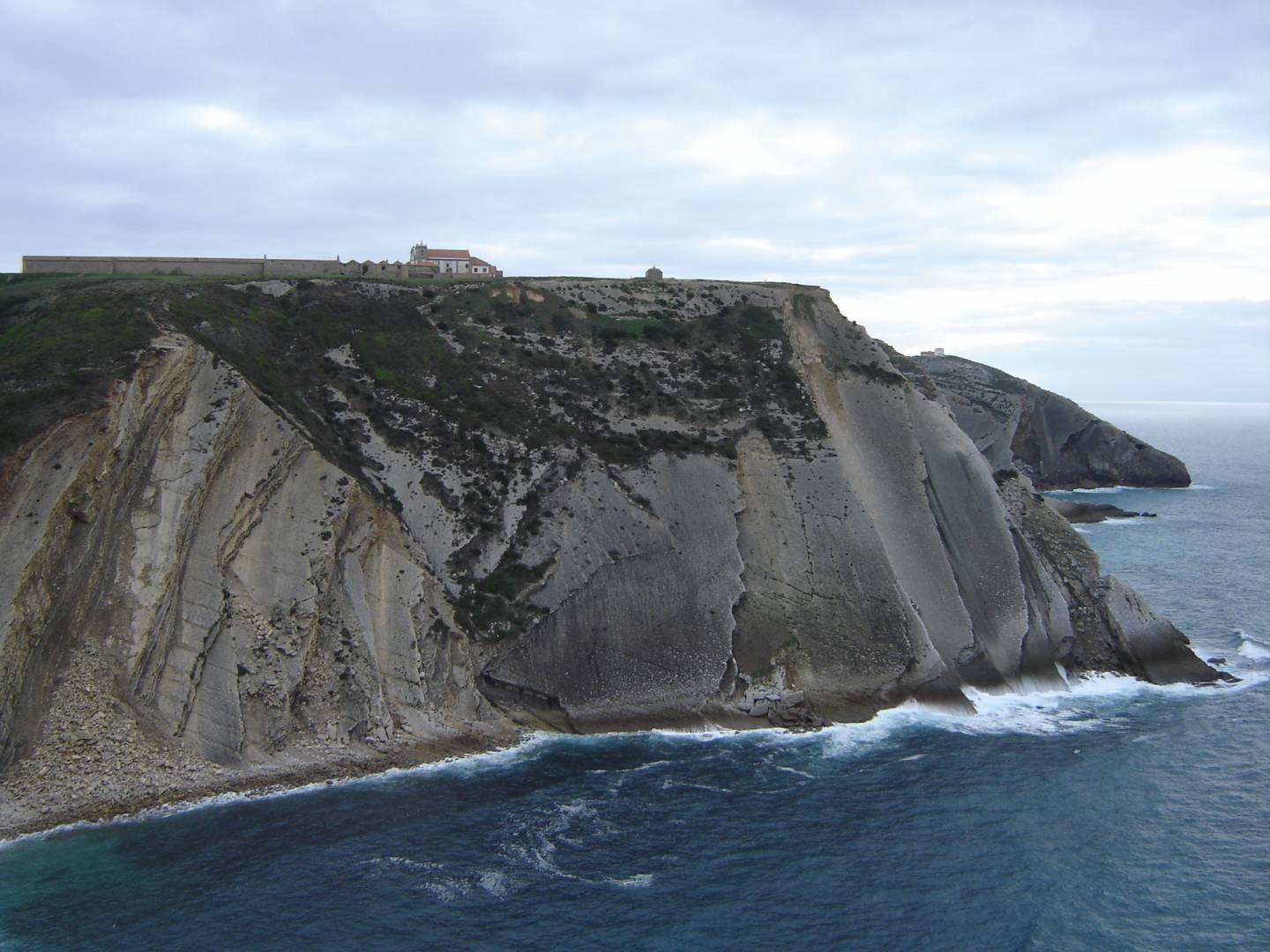
The coast of the municipality of Sesimbra, between the mountains of Serra da Arrábida and Cape Espichel, has several spots for diving, with different levels of depth. In these waters, multi-coloured nudibranchs, European spider crabs, soft corals (such as gorgonia), octopuses, and fish of different species can be observed. Wrecked in 1989 near Cape Espichel, at 90-feet deep, the 175-meter-long River Gurara ship is one of the most visited spots in Portugal, due to the diversity of habitats it offers.
Portinho da Arrábida Beach, Setúbal
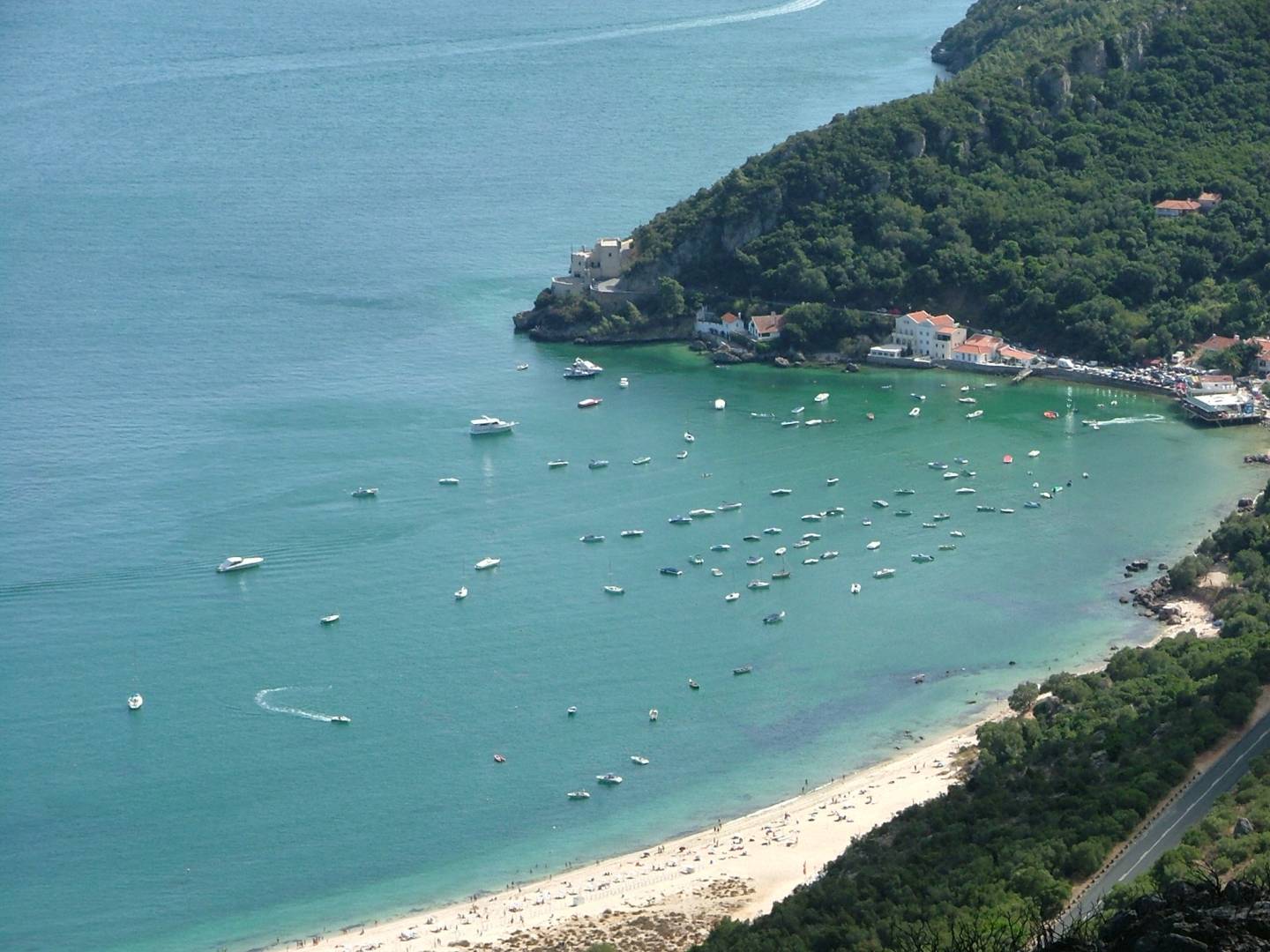
The setting is paradisiacal, fitting for those looking for a healthier lifestyle. Elected in 2010 as one of the Seven Natural Wonders of Portugal, this white sand beach contrasts perfectly with the mountains of Serra da Arrábida. The clear and calm waters are excellent for those who want to start or have little experience in diving and want to enjoy the observation of marine diversity. Any type of fishing is prohibited, as this area is part of the protected Arrábida Natural Park and includes the Luiz Saldanha Marine Park.
Fort of Sagres, Vila do Bispo
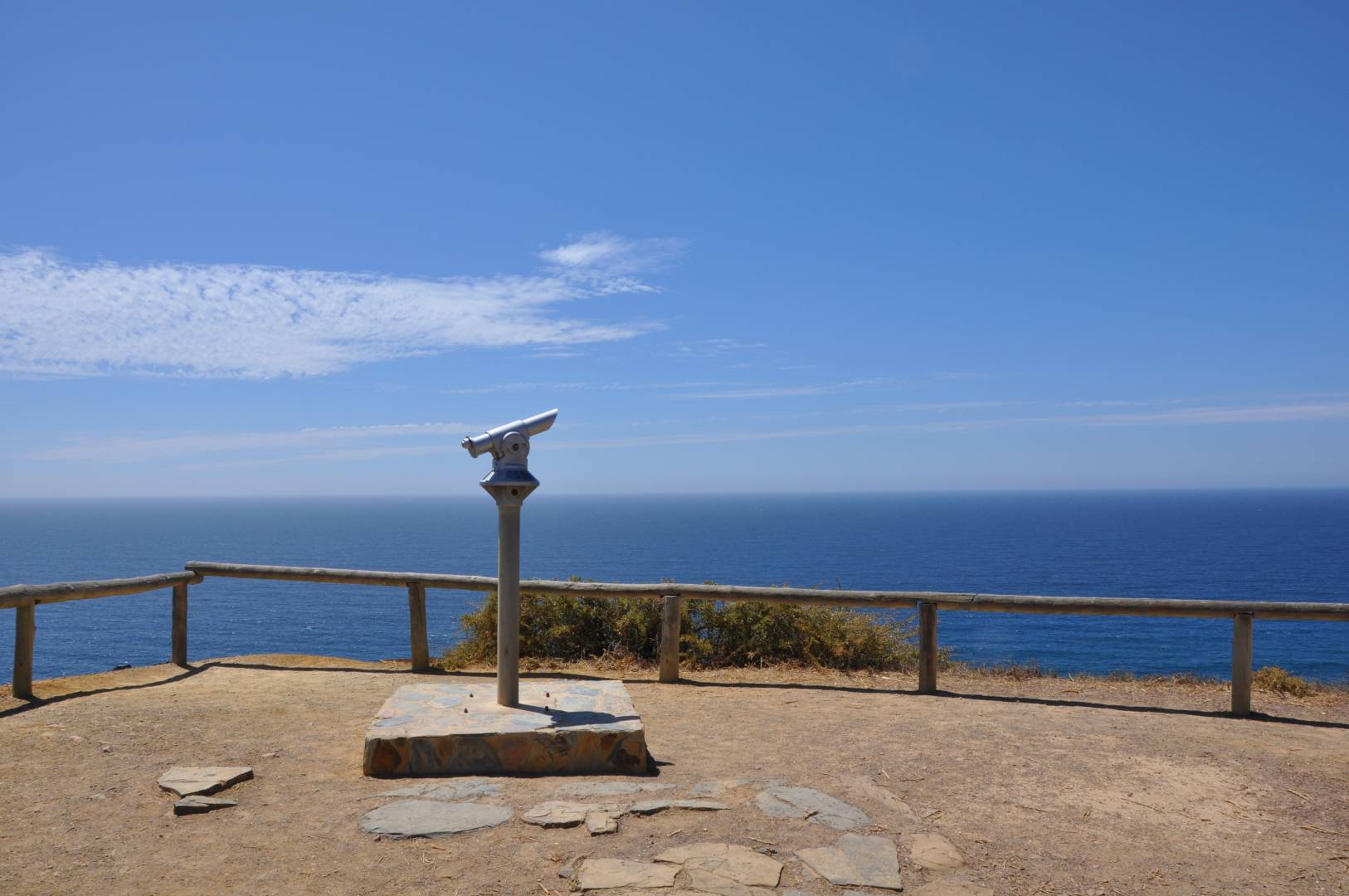
Further south, in the extreme southwest of Europe, is the village of Sagres, one of the most popular places for diving in Portugal. The underwater caves, shipwrecks and the rich diversity of flora and fauna contribute to this. Moray eels, crabs and octopuses are some of the species found in these waters, along with many other fish. Before or after the dive, be sure to appreciate the Fortaleza (Portuguese for fort) and the panoramic view it offers.
Rocha Beach, Portimão
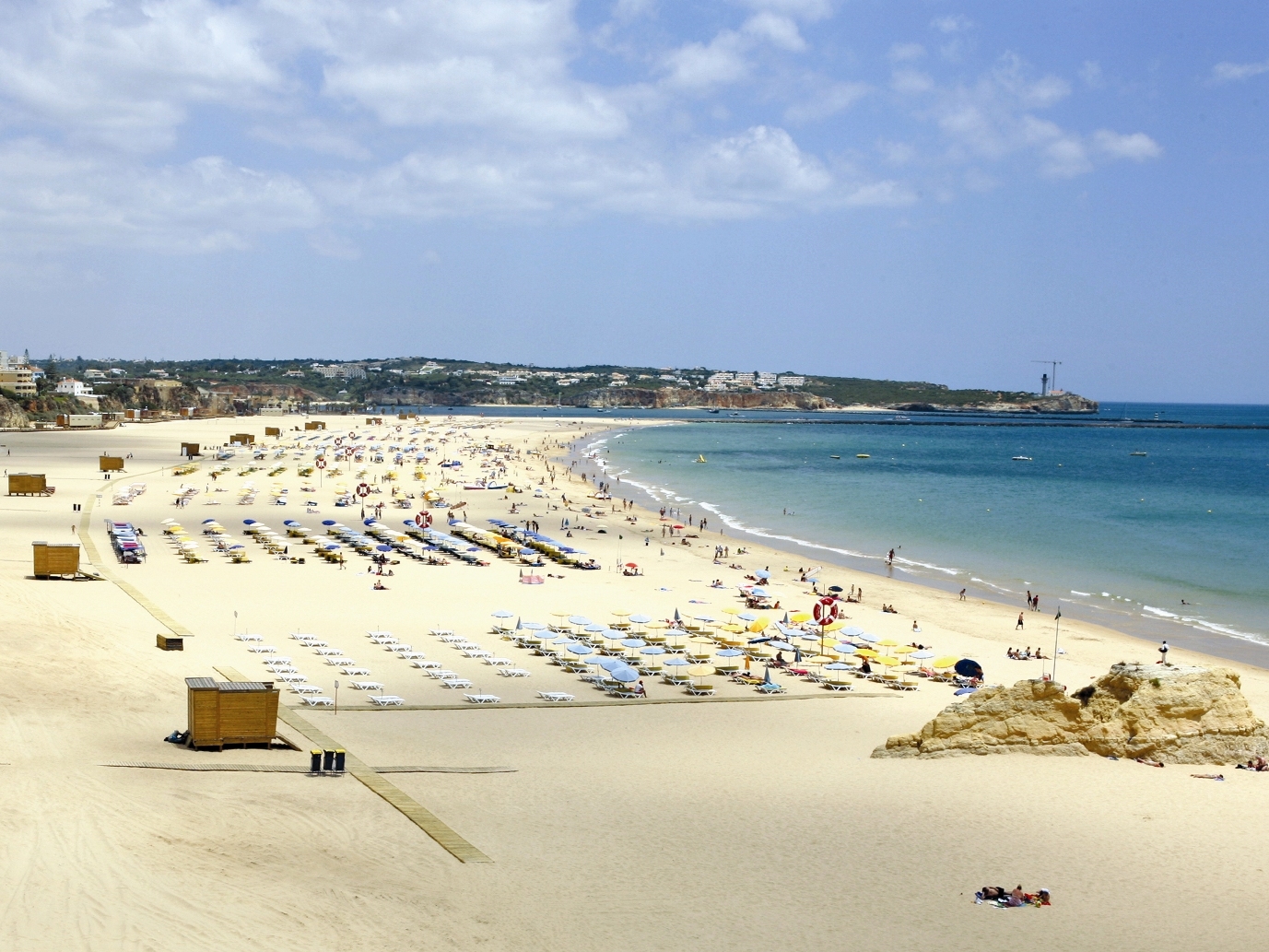
Also in the Algarve, the beach named Praia da Rocha is the crown jewel of Portimão. Nearby, about two miles from the coast, in the Alvor area there are artificial reefs that delight the fans of this sport. The Ocean Revival underwater park was created here, in which four warships of the Portuguese Navy were sunk, forming an artificial reef unique in the world, with excellent conditions for marine life. The largest of the ships is the 335-feet long Commander Hermenegildo Capelo Frigate.
Ria Formosa, Vila Real de Santo António
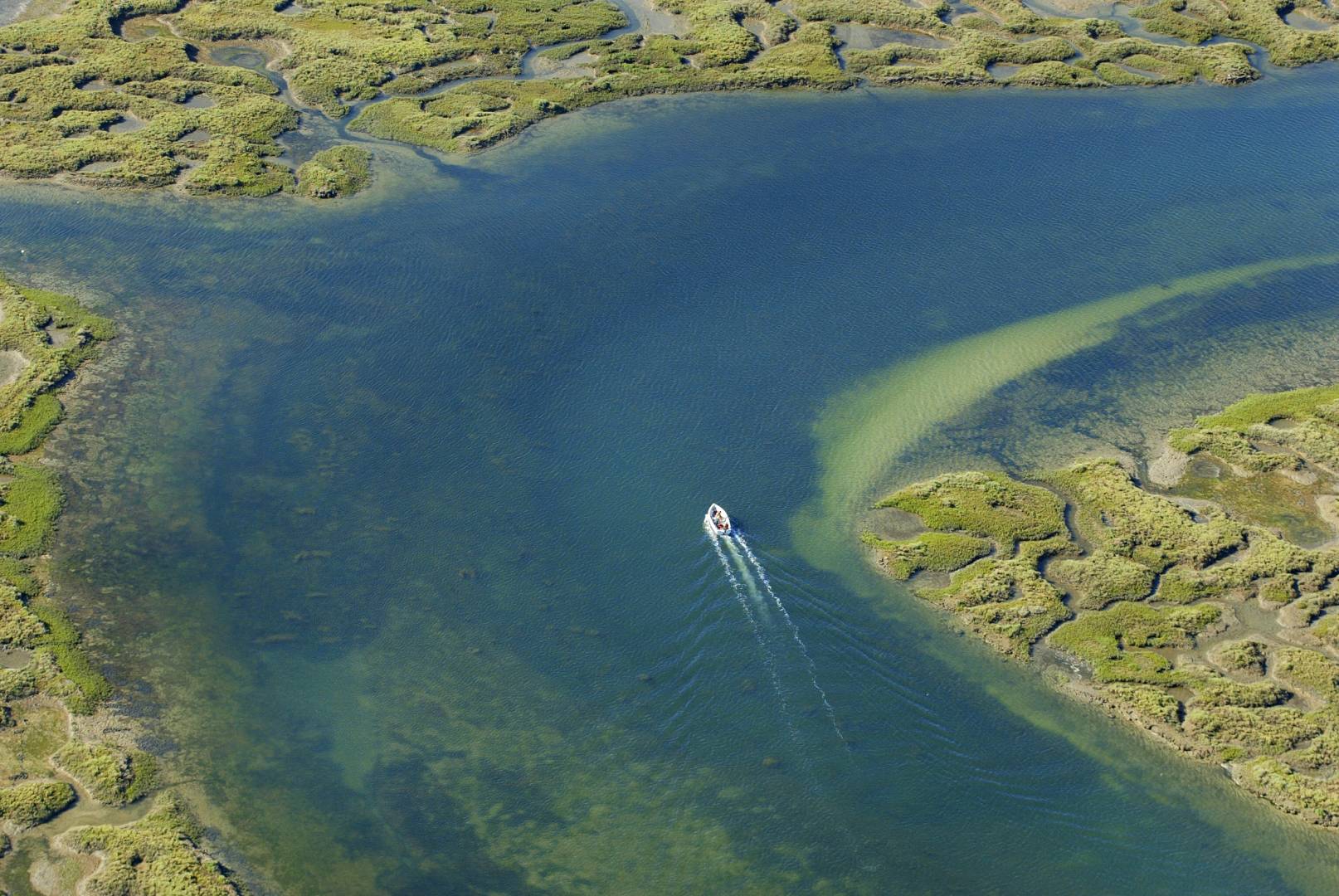
Elected one of the 7 Natural Wonders of Portugal, the Ria Formosa Natural Park extends over several counties, and for 37 miles of the Algarve coast. It is in this lagoon that one of the largest seahorse communities in the world resides. The two most common species, which a dive at low depths allows to observe, are the long-snouted and short-snouted seahorses. In the same waters, it is also common to encounter sea snails, cuttlefish, and octopuses.
Garajau Beach, Madeira
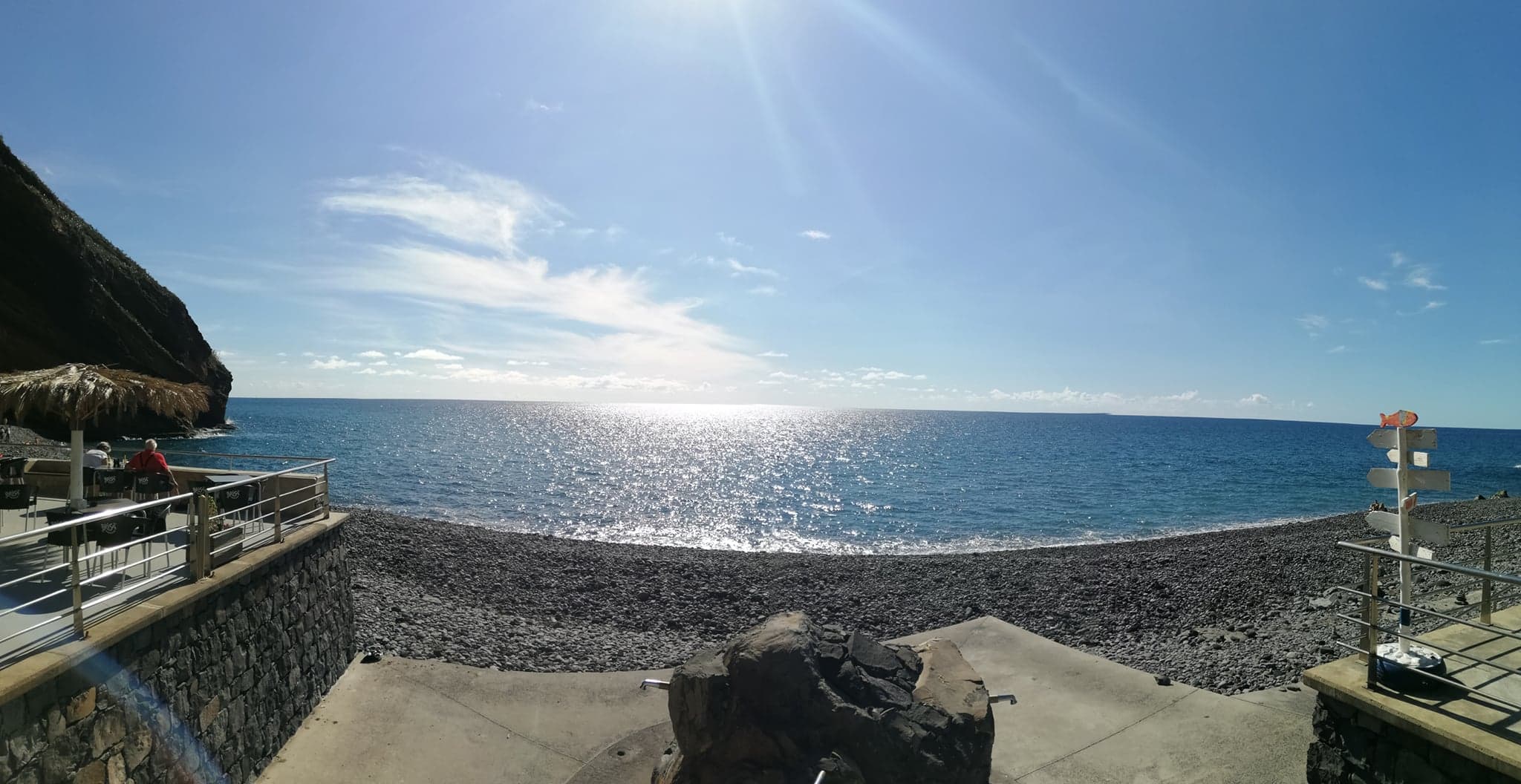
Located in the municipality of Santa Cruz, near Funchal, the Garajau Partial Nature Reserve was the first exclusively marine reserve to be created in Portugal, with the aim of preventing the increasing desertification of the marine environment. Known for the clarity and transparency of its waters, this reserve has a rich biodiversity and abundant fauna, being sought by many divers. The mere “Epinephelus marginatus” (dusky grouper) is the most enigmatic species.
Bathing and Diving Zone of Lagoa das Lajes, Azores
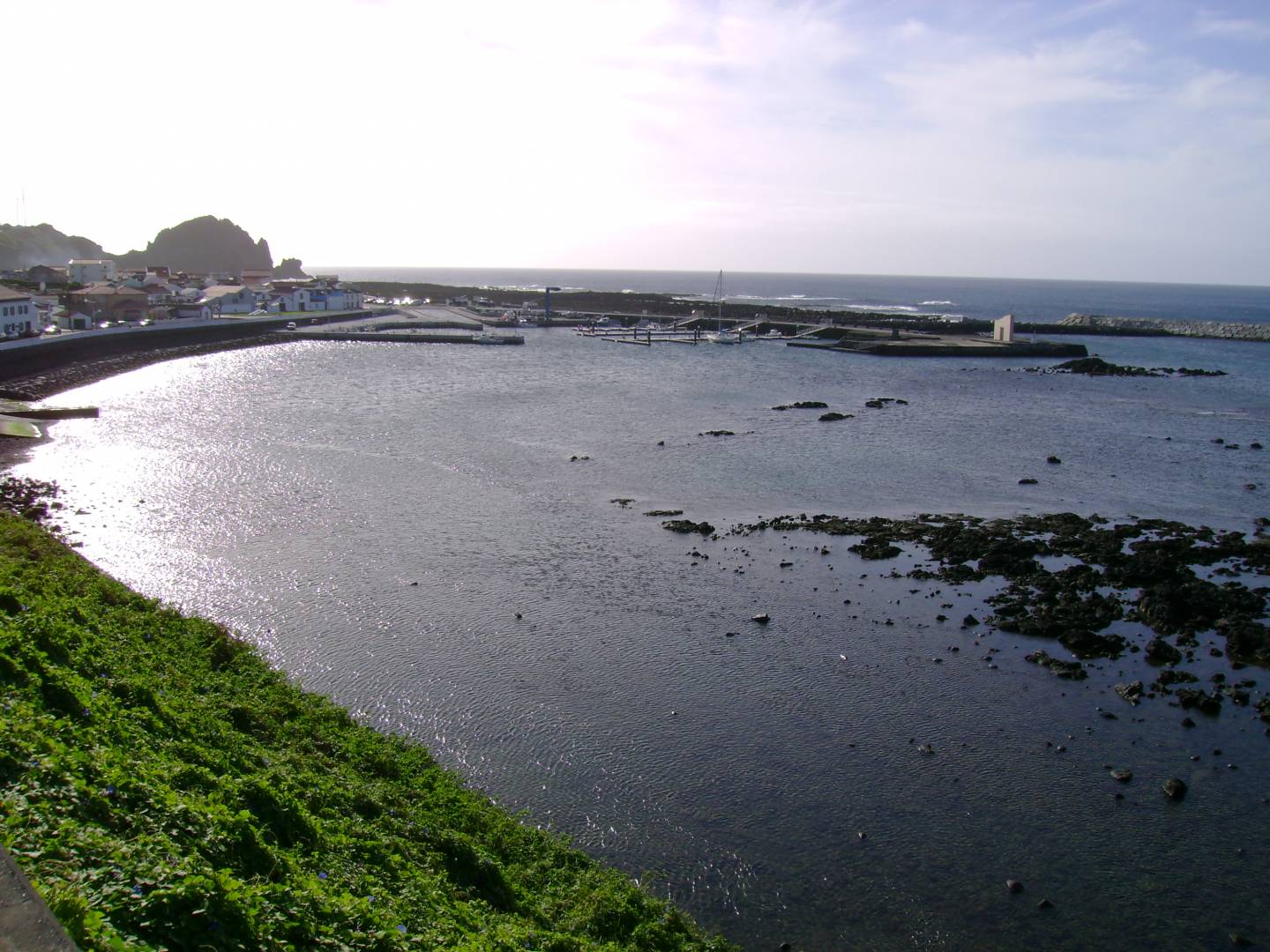
The archipelago of the Azores, formed by nine islands, is another of the most sought after areas for diving in Portugal. Lajes do Pico, on the island of Pico, is one of the recommended spots, endowed with clear waters that present a wide richness and marine biodiversity that are combined with beautiful rock formations. One of the most popular activities on the island is diving with blue sharks, one of the fastest fish in the world, being one of the few places where it is possible to do so.
Recommended
